Tehran, July 09 (V7N) — In a strategic move to rebuild its air defense capabilities after recent Israeli airstrikes, Iran has acquired advanced Chinese-made surface-to-air missile systems, Middle East Eye and Military Watch Magazine reported.
The system, believed to be the HQ-9 or a comparable variant, was reportedly obtained through an oil-for-weapons exchange deal between Tehran and Beijing. The White House is said to be monitoring the development closely, as the acquisition may shift the regional balance of air power.
Modeled After Russia’s S-300
The HQ-9, in use since 2001, is modeled on the Russian S-300 system and is capable of intercepting enemy aircraft and missiles at a range of up to 300 kilometers. Each missile can carry up to 180 kg of high-explosive warheads, providing Iran with a significantly enhanced ability to counter long-range aerial threats, including those from Israel.
Post-War Defense Overhaul
The delivery comes shortly after a 12-day conflict between Iran and Israel, during which Israeli forces successfully struck several high-value targets deep inside Iranian territory. The conflict, now under a fragile ceasefire, exposed serious weaknesses in Iran’s air defense infrastructure.
In response, Tehran has launched a comprehensive review of its military vulnerabilities, prioritizing air defense reinforcement. The HQ-9 system is part of this initiative and has already been deployed in key locations, according to regional intelligence sources.
Strategic and Diplomatic Implications
Military analysts believe this transfer signals deepening defense cooperation between Iran and China, raising concerns among Western allies. The oil-for-missile deal also underscores how sanctions-hit Iran is leveraging its natural resources to bypass traditional arms embargoes.
“This could shift the air superiority dynamics in the region if integrated properly,” said a defense analyst at Military Watch Magazine. “It also signals that Iran is learning fast from recent vulnerabilities.”
Meanwhile, U.S. officials have reportedly acknowledged the missile transfer and are evaluating its implications on future military and diplomatic engagements in the region.
The move comes amid rising regional tensions and a broader geopolitical realignment, with China expanding its footprint in the Middle East through strategic military and economic partnerships.
Source: Middle East Eye, Military Watch Magazine
END/RH/AJ



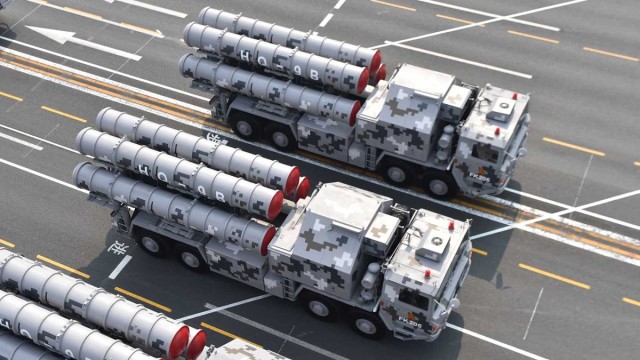
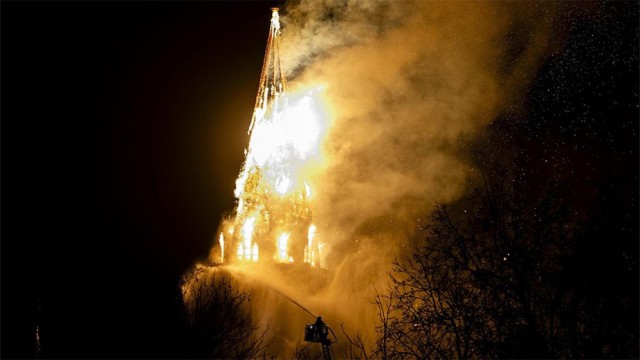
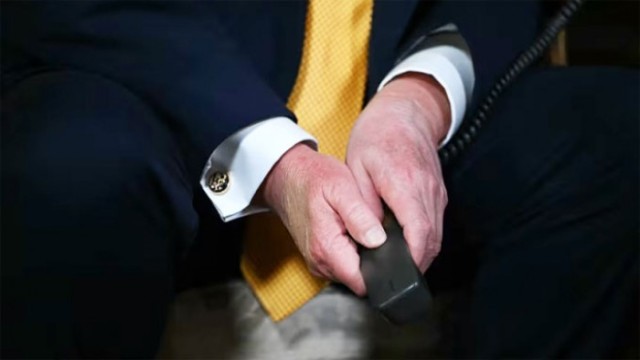

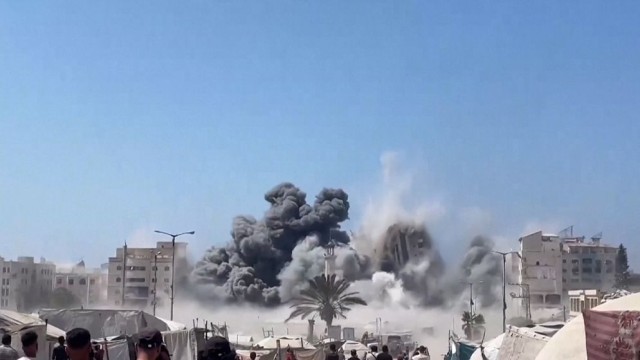
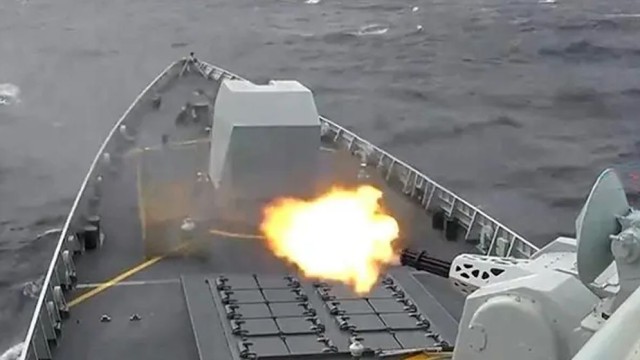
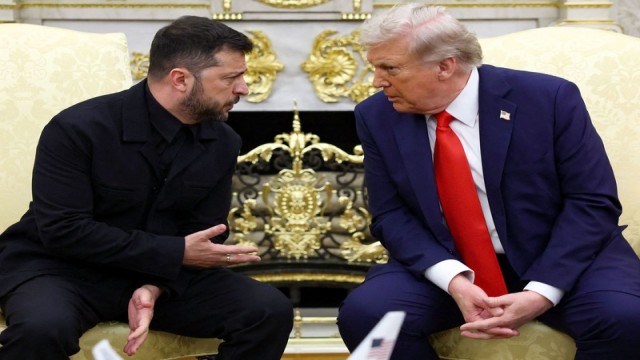

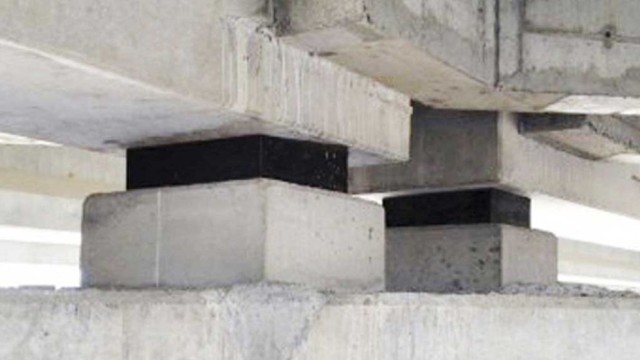
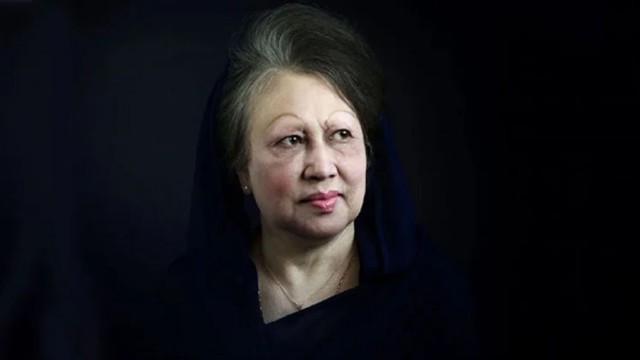



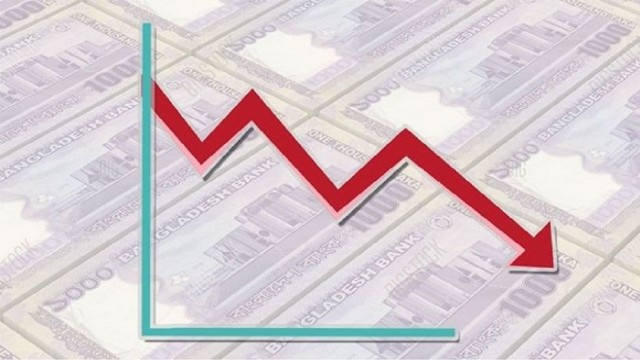







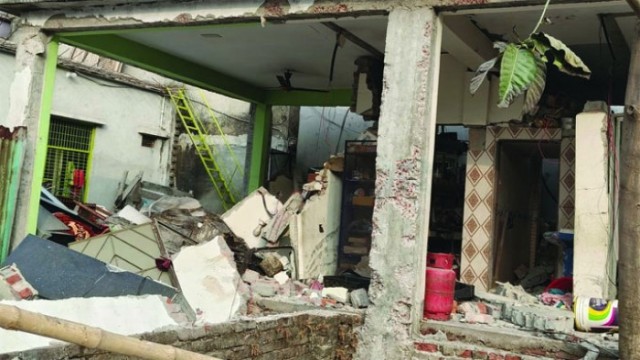



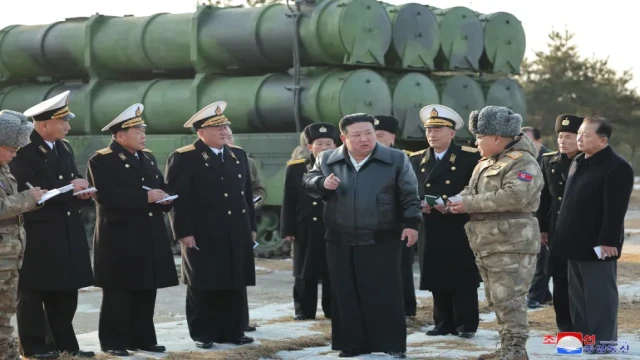

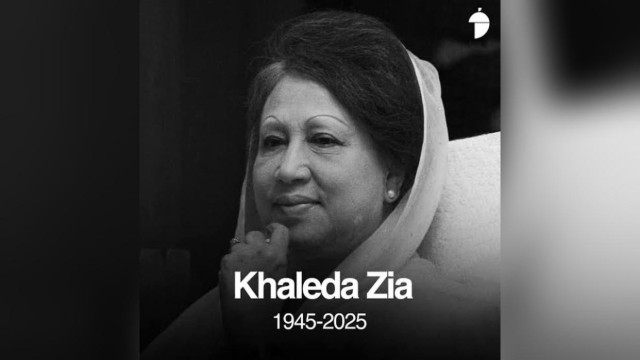
Comment: